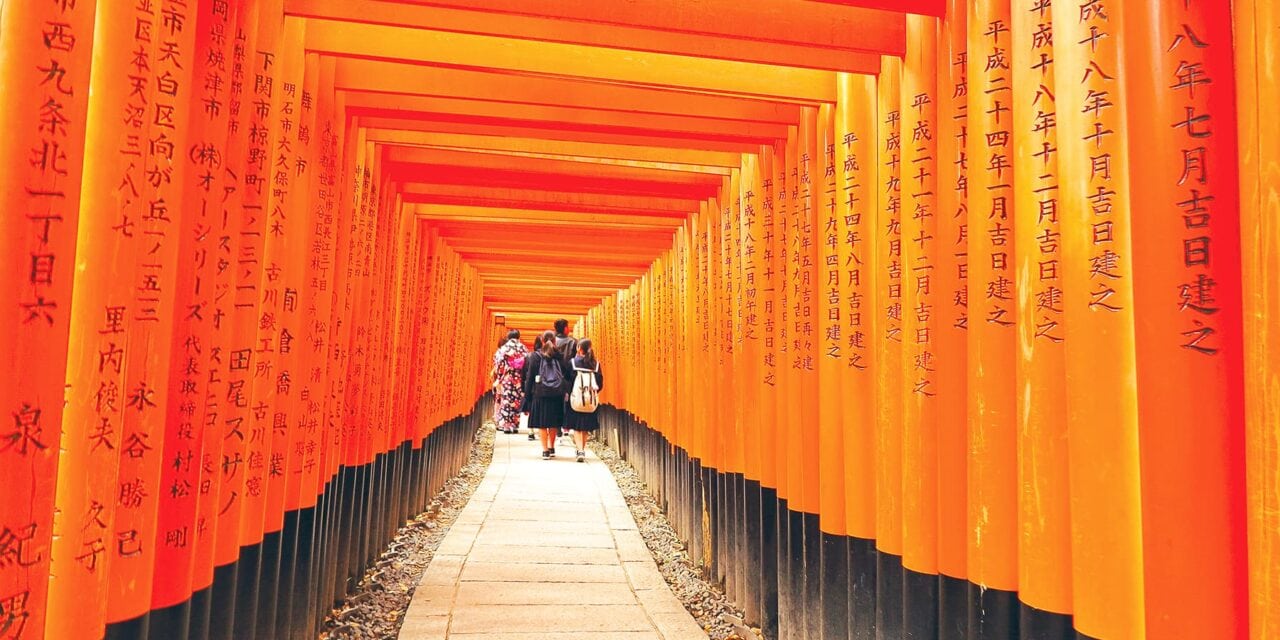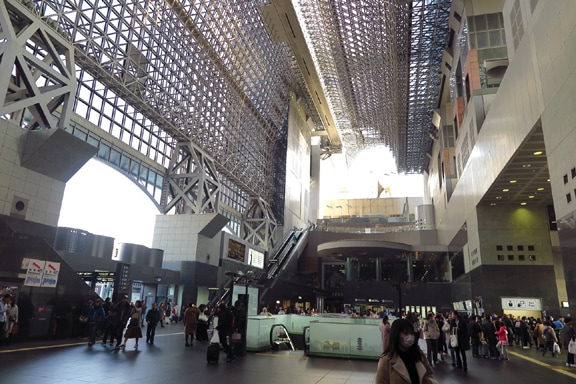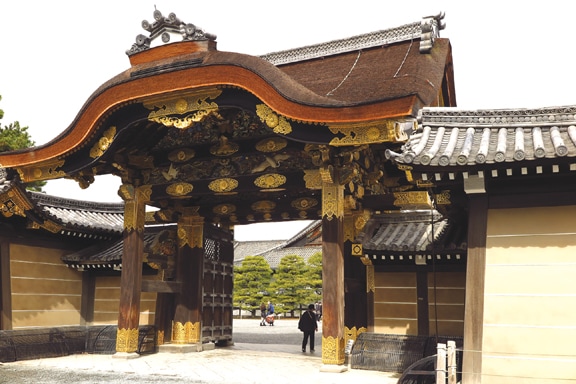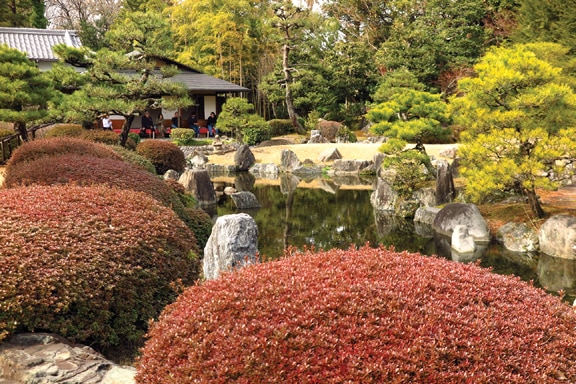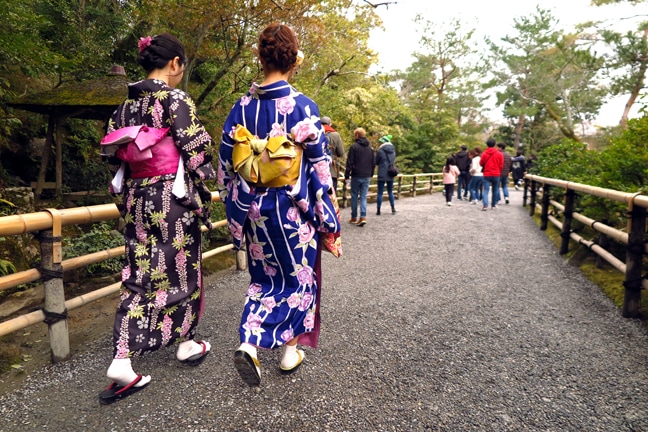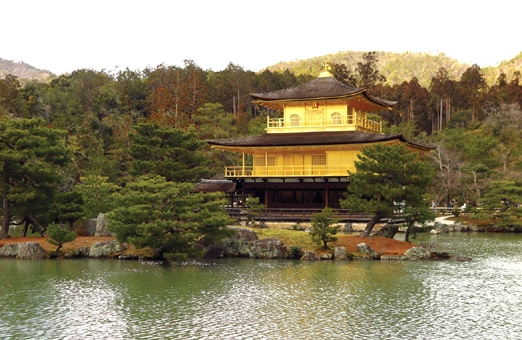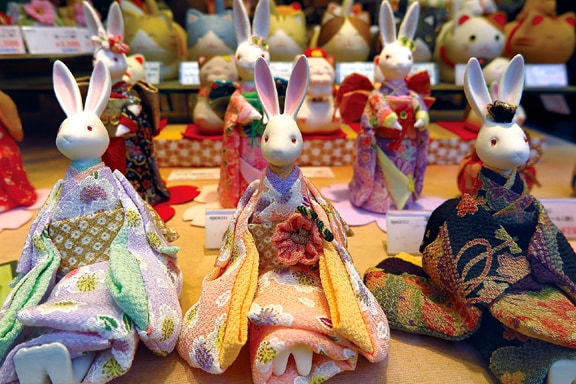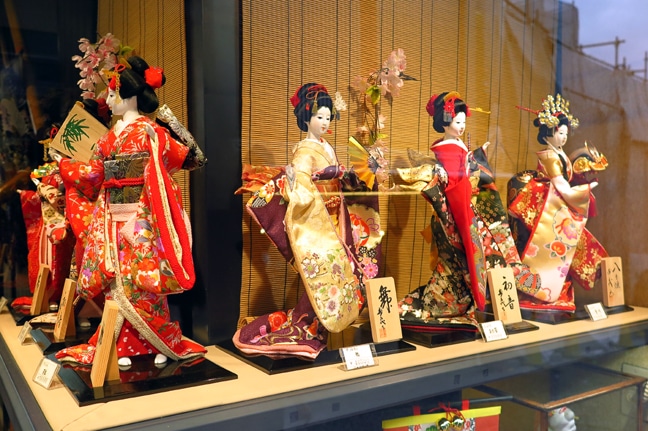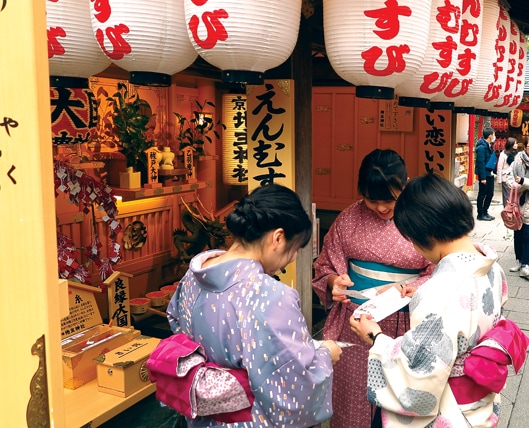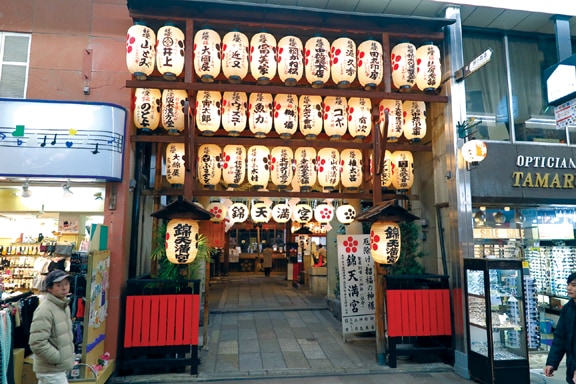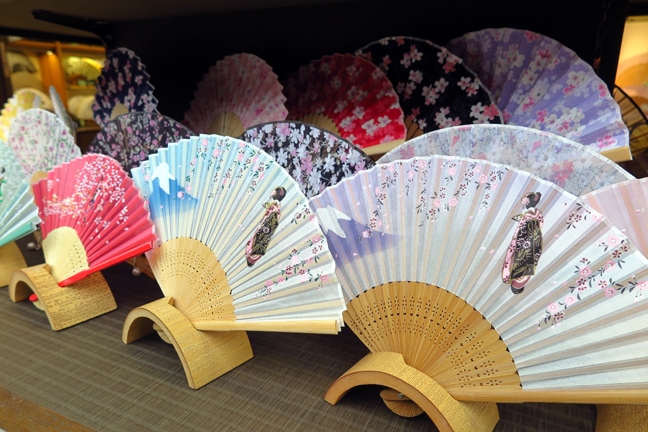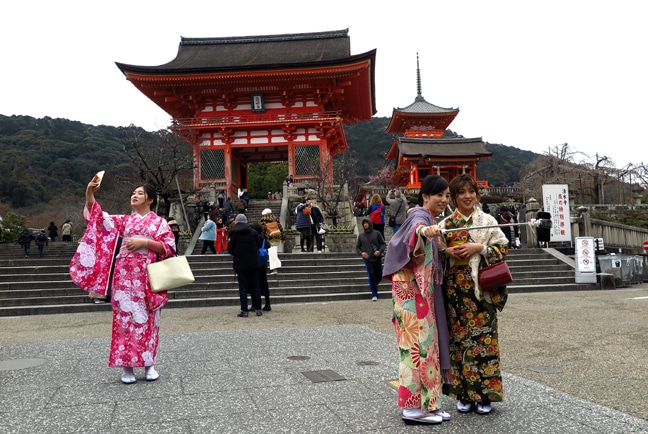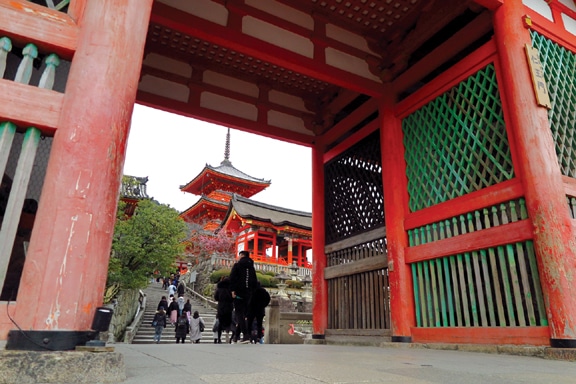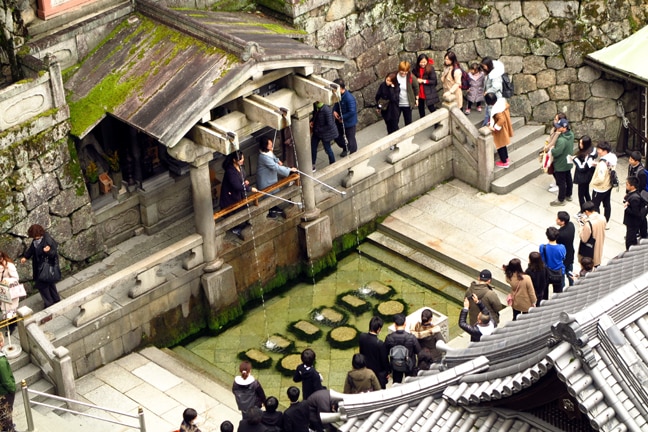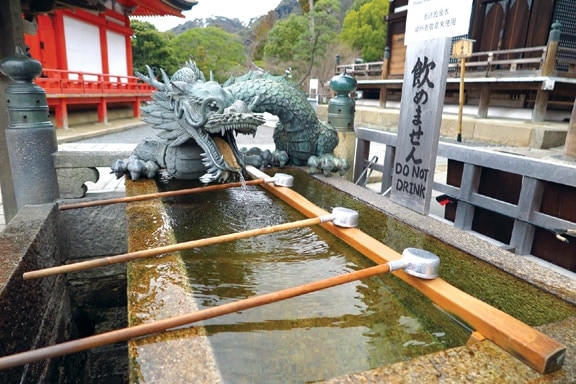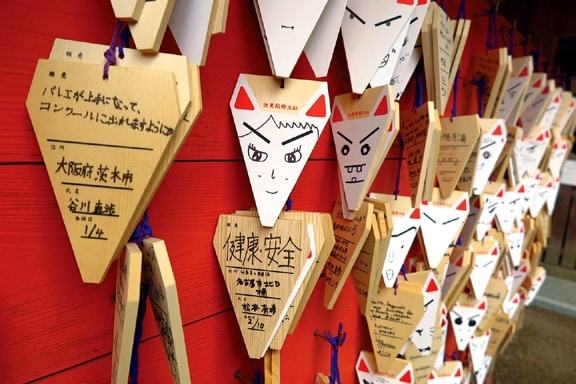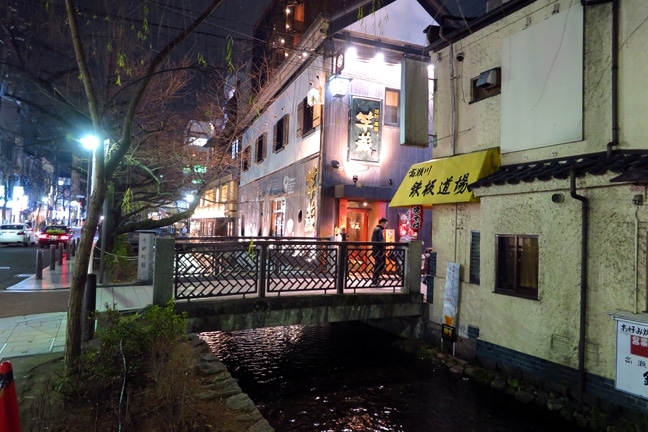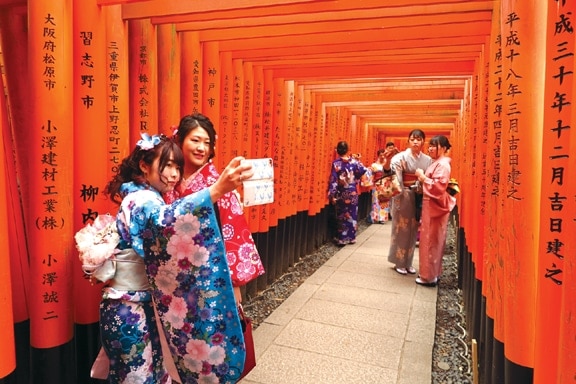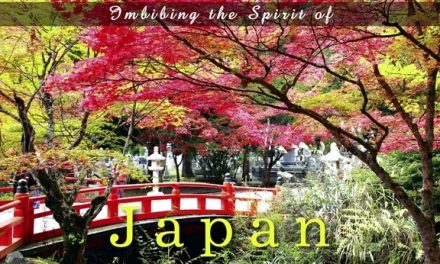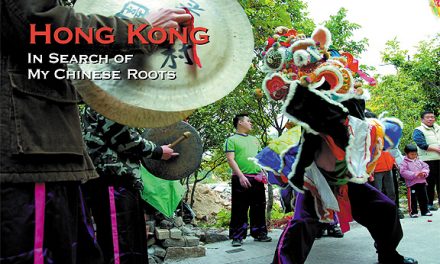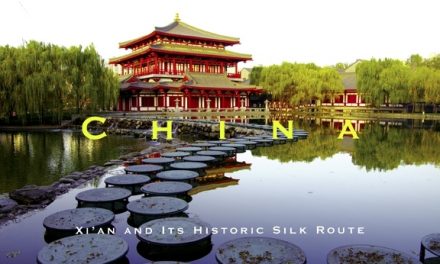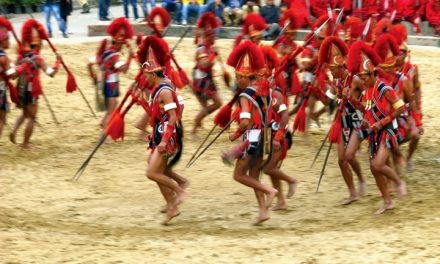Japan
Kyoto in all its Splendour
Article and photography by Michael Morcos
f you want to understand Japan, go to Kyoto! I kept hearing that phrase before embarking on this tour of discovery. Although this was not my first trip to Japan, it would mark my introduction to this amazing city.
Kyoto, once the capital of Japan, is much bigger than I thought; this was evident upon arrival at the massive train station. Kyoto station is a new structure and an engineering marvel of both art and architectural and an attraction on its own. Located in the dead centre of town, it links passengers to connections throughout Japan by commuter trains and the slick, iconic bullet train.
Nijo Castle
So little time and so much to see. I would concentrate on the most popular sites, and they do not get any more visited then the Nijo castle. At first glance, it seemed small. This is deceiving as the surrounding walls hide the enormous buildings and gardens found inside.
The Castle, constructed in 1603, was a home for the first shogun of the Edo Period, and its palace buildings are some of the best surviving examples of castle palace architecture of Japan’s feudal era. In 1994, it was designated a UNESCO world heritage site and walking around, it is easy to see why. Stone walls and moats surround the grounds, and a traditional Japanese landscape garden with a large pond, ornamental stones and manicured pine trees can also be explored
The Castle’s Ninomaru Palace consists of multiple buildings connected to each other by corridors with nightingale floors, which squeak when stepped upon as a security measure against intruders!
All the palace rooms are filled with tatami mats and elegantly decorated ceilings and sliding doors. Truly regal.
Kinkakuji, the Golden Pavilion
When they called it the gold pavilion, they were bang on – a site where the main building is covered in gold leaf. Hard to believe and seeing is believing, I would stand there in awe as this historic and decadent Japanese building glistening in the sun with a magnificent pond beneath it and forest all around.
Now a Zen temple, its top two floors overlook the large pond, and each floor has a different architectural style. The first floor has a Shinden style with natural wood pillars and white plaster walls that both contrasts and complements the gilded upper stories of the pavilion. Statues of the historical Buddha are stored here as well. Second floor Bukke style used in samurai residences and the third and uppermost floor is in the style of a Chinese Zen Hall, gilded inside and out, and capped with a golden phoenix. The sight is a site to behold, indeed!
Kiyomizudera Temple
Getting to this temple is time-consuming feat. Not because it is far, being located in the centre of Kyoto. It is the countless stores that line the street on the way that would draw my attention. You can virtually buy anything Japanese on the way, and I would try to hold myself back from window-shopping but could not resist. This is obviously built for tourists, but then again, who was I?
Once there, the Kiyomizudera Temple’s famous wooden stage offers visitors a wonderful view of the numerous cherry, maple and other trees as well as the Kyoto skyline in the distance.
Visiting its main hall, I was greeted the temple’s primary object of worship, a small statue of the eleven faced, thousand armed Kannon. Quite impressive. After that, lies the Jishu Shrine dedicated to the deity of love and matchmaking. There, you can bring yourself luck in love by successfully finding your way between two stones placed 18 meters apart with your eyes closed.
The Kiyomizudera has more purported powers in its Otowa Waterfall. Divided into three separate streams, visitors can drink from them for either longevity, success at school or being lucky in love. But don’t drink from all three, as that is seen as gluttonous!
Fushimi Inari Shrine
I purposely saved the best for last as this is one of the most visited sites in Japan and one of the items on my lifelong bucket list of places to see. For me, words could not describe this very important Shinto shrine famous for its hundreds of brilliantly painted Tori gates that wind their way up and down hills through a serene forest. Besides the many buildings and structures it was a pleasure watching the locals dressed in traditional garments enjoying their visit and taking never-ending selfies.
The trails in the mountains are fun to explore, boasting a grand entranceway and a path filled with Torii gates, starting with parallel rows of gates called Senbon Torii.
All the gates along the trail have been donated, and include some worth over one million yen. The 2 to 3 hour hike to the summit passes by multiple shrines with stacks of miniature Torii gates donated by visitors with smaller budgets.
There are also some wonderful views of Kyoto to enjoy, and the trail splits into a circular route to the summit. Wonderful time spent in a magical space.
Shopping Kyoto style
The shopping area along Shijo Street, centered around the intersection of Shijo and Kawaramachi streets, rivals any of those found in the worlds big cities Two massive department stores named Takashimaya and Marui are located there.
There are high-end fashion brands and if you continue along Shijo Street across the Kamo River toward Yasaka Shrine, the large stores give way to smaller boutiques selling fashion and Kyoto specialty foods and crafts.
Eating Kyoto
There are so many things to see and do – the Kyoto nightlife is something else, but the meals are what truly stands out!
Kaiseki is a traditional Japanese meal, famous throughout Japan for its refined and delicate taste. We sampled some of the city’s main specialties including Shojin ryori (Japanese Buddhist vegetarian cuisine), Kyo-wagashi (Kyoto sweets) and Yudofu (tofu cooked in hot broth).
Of course, I worked my way right through all the Japanese gastronomy including sushi, tempura, soba, udon, ramen, unagi and okonomiyaki. One of my favorites was Kagizen Yoshifusa is a traditional sweet shop in the heart of Gion with a serene tearoom where you can enjoy wonderful sweets with cups of thick matcha tea.
All good things must come to an end, and so did my short visit to this Japanese gem. The time spent here was short but the memories will last a lifetime. Most memorable were not just the wonderful sites and great food but mostly the friendly, helpful, warm, and welcoming people. They made my visit complete!
www.japan.travel

